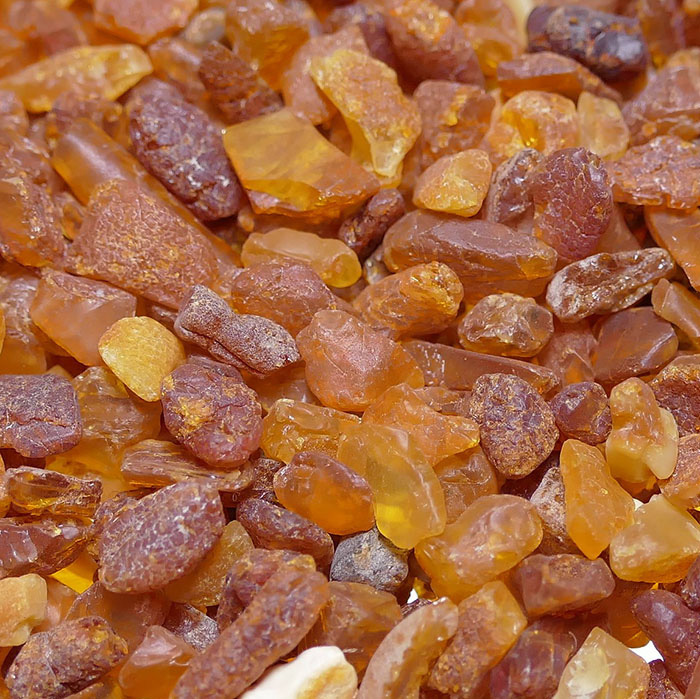What is Baltic amber?

Baltic amber
The Baltic region, spanning areas near the Baltic Sea including Poland, Lithuania, Germany, and Latvia, is renowned for its rich amber deposits. Baltic amber, also known as succinite, is a variety that accounts for a staggering 80-90% of the world’s amber supply, making it the largest known source. Baltic amber is the fossilized resin from ancient conifer trees that grew in that region between 40-60 million years ago during the Eocene epoch. Real Baltic amber can be identified by its fluorescence under ultraviolet light and its specific gravity that causes it to float in saltwater. In addition to ornamental uses, Baltic amber has been prized for its purported therapeutic properties like relieving headaches and reducing inflammation.

The Baltic region, spanning areas near the Baltic Sea including Poland, Lithuania, Germany, and Latvia, is renowned for its rich amber deposits. Baltic amber, also known as succinite, is a variety that accounts for a staggering 80-90% of the world’s amber supply, making it the largest known source.
This precious gemstone is the fossilized tree resin of ancient conifer trees that flourished in the Baltic region between 40-60 million years ago. Over millennia, the resin hardened into the vibrant amber we covet today through a remarkable natural process.
What sets Baltic amber apart is its unique chemical composition. It is the only type of amber containing a rich concentration of succinic acid (3-8%), a scientifically examined substance used in contemporary medicine. Interestingly, the highest concentration is found in the outer cortex layer.
Scientific research on authentic Baltic amber has provided specific documentation and evidence of its purported healing powers. For centuries, it has been revered for its soothing properties, offering relief from headaches, sore necks, sore throats, and chest congestion, among other benefits.
In addition to its therapeutic qualities, Baltic amber dazzles with its warm hues ranging from rich yellows and browns to deep reds and even greens. Each piece is a unique work of art, shaped by nature’s artistry over millions of years.

